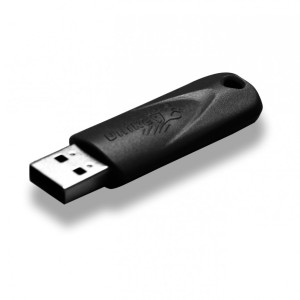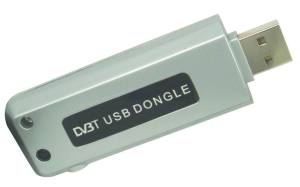 Since the development of much sophisticated software, a need for applications’ protection was created, for all software developers. The methods used to achieve this goal are numerous and are continuing to increase in diversity. For a while now, the preferred application protection is the hardware based software protection dongle or the so called hardware key, dongle-based protection, software copy protection dongle and so on. For some, this kind of protection might work best, increasing the returns of the software developers or distributors.
Since the development of much sophisticated software, a need for applications’ protection was created, for all software developers. The methods used to achieve this goal are numerous and are continuing to increase in diversity. For a while now, the preferred application protection is the hardware based software protection dongle or the so called hardware key, dongle-based protection, software copy protection dongle and so on. For some, this kind of protection might work best, increasing the returns of the software developers or distributors.
The USB software protection dongle
The USB software protection dongle can be an asset as it has many benefits, a few of which I will specifically point out. One of the most important aspects is that the USB hardware based protection can prevent software piracy or license breaches and so, securing revenues and profits. Also, it can allow the developers to issue versatile licenses like pay-per-use, by fixed period, subscription, leasing, etc., plus, one USB software protection dongle can provide protection for more than a single application and even an entire network. Another advantage of the dongle based protection system is the convenient distribution of software updates and after-sales, through the Remote Update and the registering of every application copy, to prevent illegal usage.
Types of protection
Most USB software protection dongles provide two types of protection, envelope and API protection. The envelope protection is used to defend against software reverse engineering through a decryption engine and other pre-canned defences. On the other hand, the API protection can embed entries to the USB software protection dongle key code and can also perform other custom checks to prevent reverse engineering attacks.
USB hardware keys
Through time, different models of hardware keys could be found on the market and they kept up with the technology advances. There were the serial port dongles, now obsolete, the parallel port hardware keys, more rare as the USB port technology became more popular, and the more modern USB software protection dongle which took over every segment of this market.
The USB hardware keys can come with or without drivers. For some, the users must install drivers before inserting the dongle, but is one the flaws of the device, as they may be incompatible or cause other problems. The USB software protection dongles that do not require drivers can save time or work and do not need technical intervention. The end user has just to insert the dongle in the right slot to work perfectly.
On the market you can even find water proof hardware keys that can be used in extreme conditions. They have their body made from plastic injection moulded in a waterproof case. Or some USB software protection dongles feature a real time clock. They called real time dongles and are mainly designed for the management of rental or subscription based software and pay-per-use applications. They allow the sellers to charge the user periodically or by applications use, based on the built in real time clock of the USB dongle. The main drawback of the dongle which do not have a real time clock is that the clock set by vendors can be changed with the system time changing.
 Storage space
Storage space
Also, USB software protections dongles come with a storage space, from a few bytes to a storing credential of 64k. Some dongles, like the ones from UniKey Drive, can come with mass storage, the containing digital data being encrypted in key. Some of the feature of the mass storage dongles with on-key encrypted data are the small size, the 1 GB on-key flash storage, the use of advanced smart card technology, the auto-run function, the possibility to protect the virtual flash drive with a password and by encryption.
The software piracy increase is a fact and all software developers and distributors are affected by it and new technologies, like the USB software protection dongles, are becoming a necessity for all software providers.

 Storage space
Storage space